The urban heat island effect, a phenomenon where cities experience significantly higher temperatures than their rural surroundings, is increasingly being linked to more intense and frequent rainfall events. Recent studies suggest that this localized warming could amplify downpours by as much as 40%, raising urgent questions about infrastructure resilience and climate adaptation strategies.
As concrete jungles replace natural landscapes, they absorb and retain heat far more effectively than forests or farmland. This thermal imbalance doesn't just make summer nights uncomfortably warm—it fundamentally alters atmospheric conditions above metropolitan areas. The excess heat energizes storm systems, supercharging their ability to wring moisture from the air. When weather patterns align, the results can be catastrophic.
Meteorologists have observed a disturbing pattern: storm cells often intensify as they approach urban centers, then dump biblical quantities of water in concentrated areas. The mechanics are straightforward—hotter air holds more moisture, and urban surfaces provide the perfect thermal lift to trigger extreme precipitation. What's less clear is how city planners should respond to this hydrological wild card.
The implications extend beyond flooded basements and traffic snarls. Aging stormwater systems designed for 20th-century climate patterns are being overwhelmed with increasing regularity. In some cities, what were once considered hundred-year flood events now occur every decade. The financial toll runs into billions annually, with marginalized communities often bearing the brunt of the damage.
New research from the National Center for Atmospheric Research reveals startling details: the heat island effect doesn't just increase rainfall totals—it changes the very nature of precipitation. Urban-influenced storms tend to produce more large droplets, leading to faster accumulation rates. This explains why some neighborhoods now experience flash flooding during what would previously have been considered moderate rain events.
The 40% amplification figure comes from painstaking analysis of weather radar data spanning decades. By comparing rainfall patterns before and after urban expansion, scientists can isolate the heat island's contribution. The effect appears most pronounced in the evening, when the temperature differential between city and countryside peaks. This timing coincidence puts storms on steroids just as commuters are heading home.
Architects and engineers are scrambling to develop solutions. Green roofs and permeable pavements help somewhat by reducing surface temperatures, but their impact on regional-scale weather patterns remains limited. More radical proposals include urban wind corridors designed to break up heat pockets and massive water retention basins disguised as public parks.
Climate models suggest the problem will worsen as cities continue expanding. The combination of urban heat islands and global warming creates a feedback loop—hotter cities breed stronger storms, which damage infrastructure, reducing vegetative cover, and further intensifying the heat island effect. Breaking this cycle requires reimagining urban design from the ground up.
Some forward-thinking municipalities are taking action. Tokyo has implemented an ambitious tree-planting program coupled with regulations requiring reflective roofing materials. Phoenix is experimenting with "cool pavement" technologies that can lower surface temperatures by up to 12°F. These measures show promise, but experts agree they need to be implemented at unprecedented scale to make a dent in the problem.
The insurance industry has taken notice. Actuarial tables are being rewritten as underwriters struggle to quantify this new rainfall risk. Some companies now offer discounts for properties with verified flood mitigation features, while others are quietly withdrawing coverage from vulnerable areas altogether. This financial pressure may ultimately drive more climate-adaptive construction than any government regulation.
Urban heat islands don't just change weather patterns—they rewrite the rules of civil engineering. The 40% precipitation increase isn't distributed evenly; it comes in concentrated bursts that overwhelm conventional drainage systems. Tomorrow's cities will need to function like sponges rather than impervious slabs, absorbing and slowly releasing stormwater rather than funneling it into overwhelmed sewers.
As research continues, one thing becomes clear: the cities that thrive in coming decades will be those that treat their heat islands not as inevitable consequences of progress, but as design challenges to be solved through innovation. The alternative—more frequent urban flooding with each passing year—is simply unsustainable for communities and economies alike.

By /Jun 7, 2025

By /Jun 7, 2025

By /Jun 7, 2025

By /Jun 7, 2025

By /Jun 7, 2025

By /Jun 7, 2025

By /Jun 7, 2025

By /Jun 7, 2025

By /Jun 7, 2025

By /Jun 7, 2025
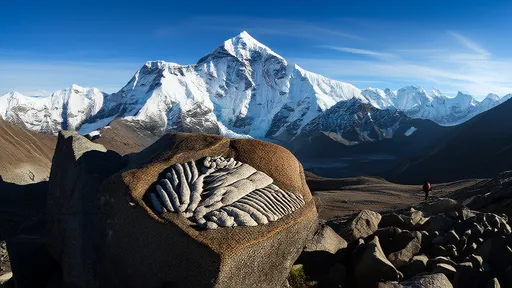
By /Jun 7, 2025
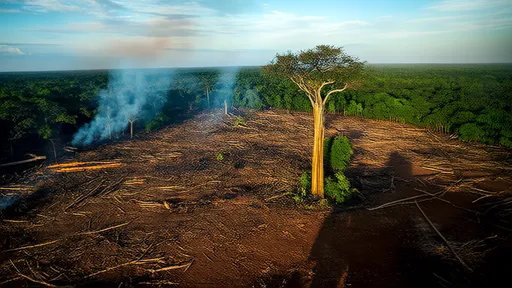
By /Jun 7, 2025

By /Jun 7, 2025

By /Jun 7, 2025
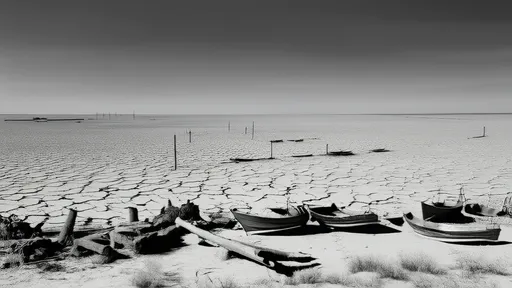
By /Jun 7, 2025

By /Jun 7, 2025
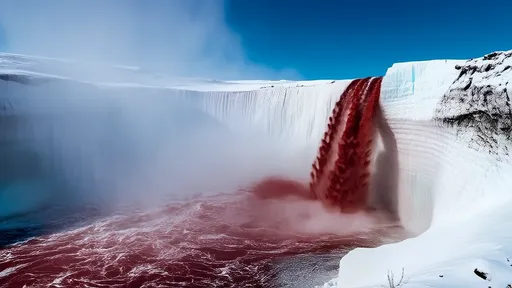
By /Jun 7, 2025

By /Jun 7, 2025
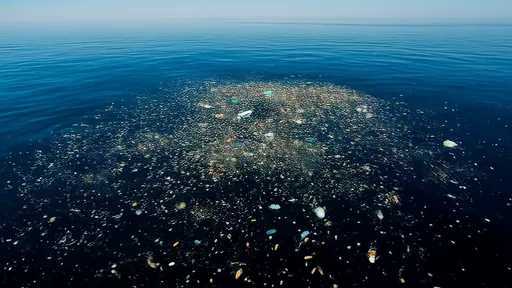
By /Jun 7, 2025
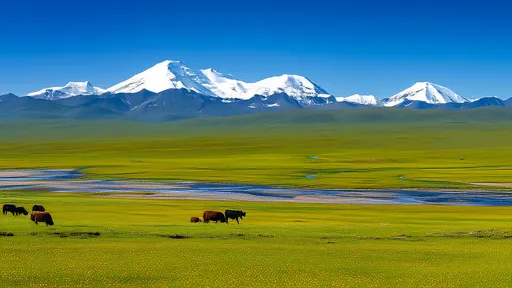
By /Jun 7, 2025